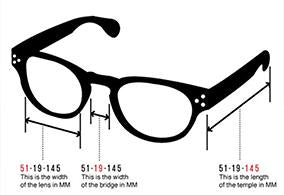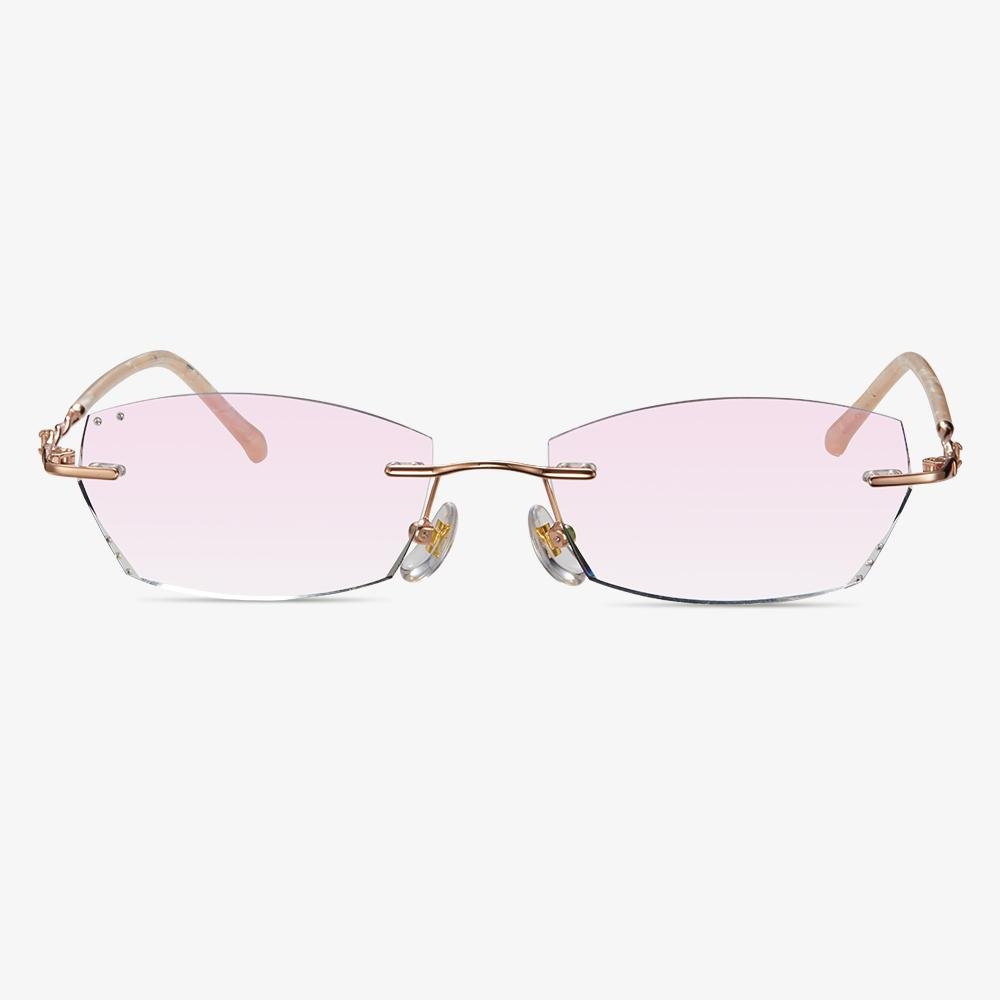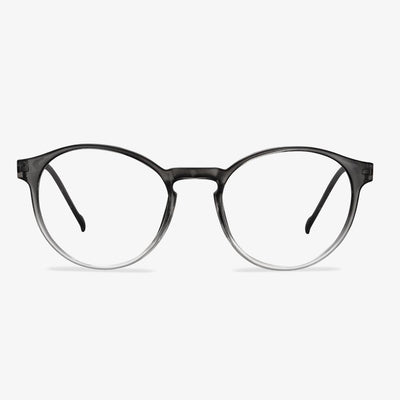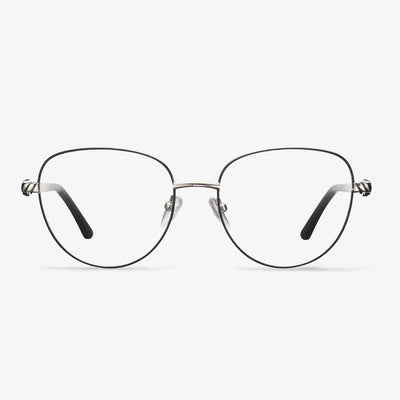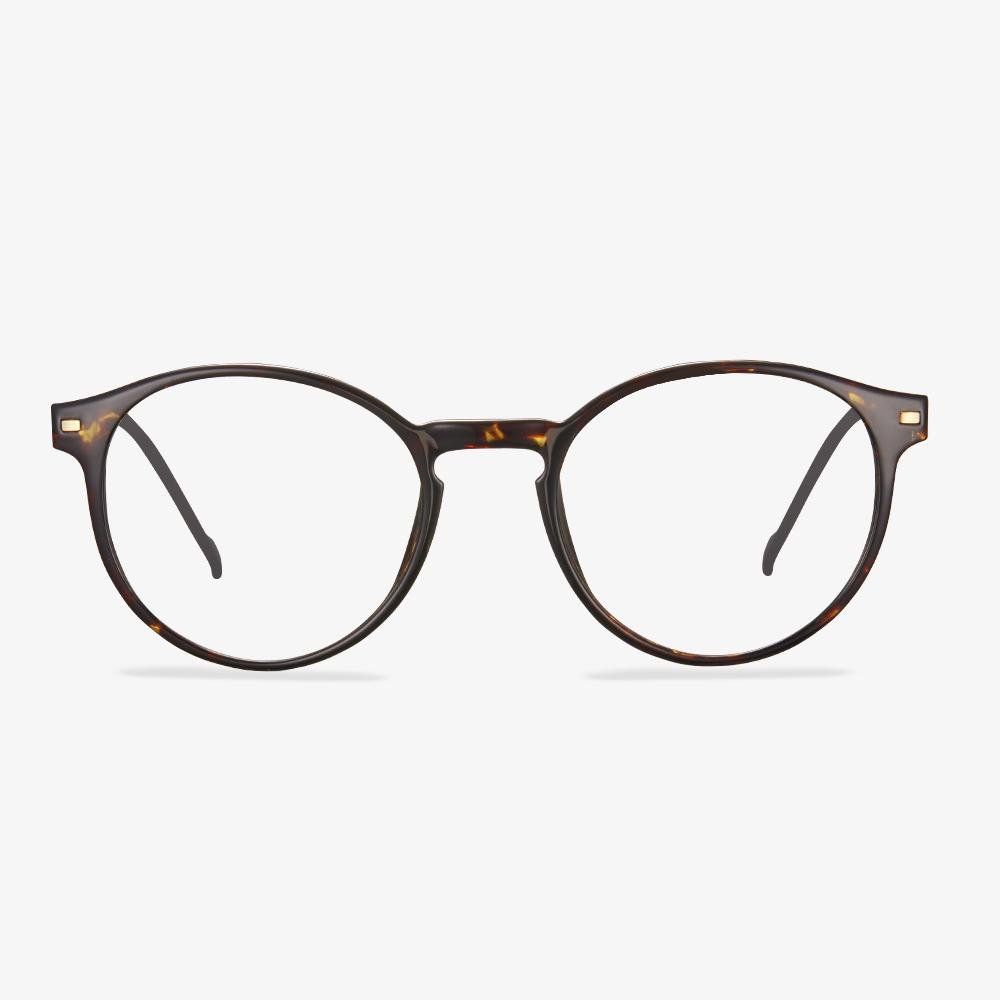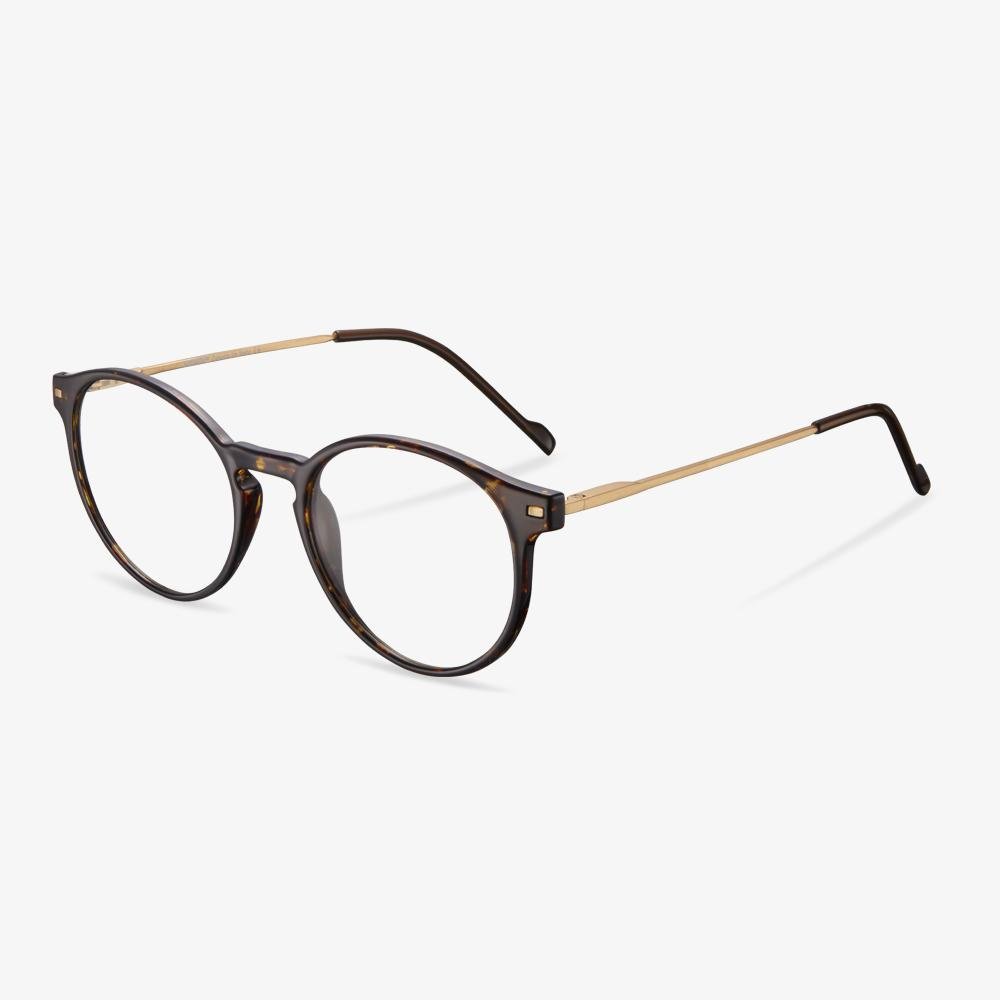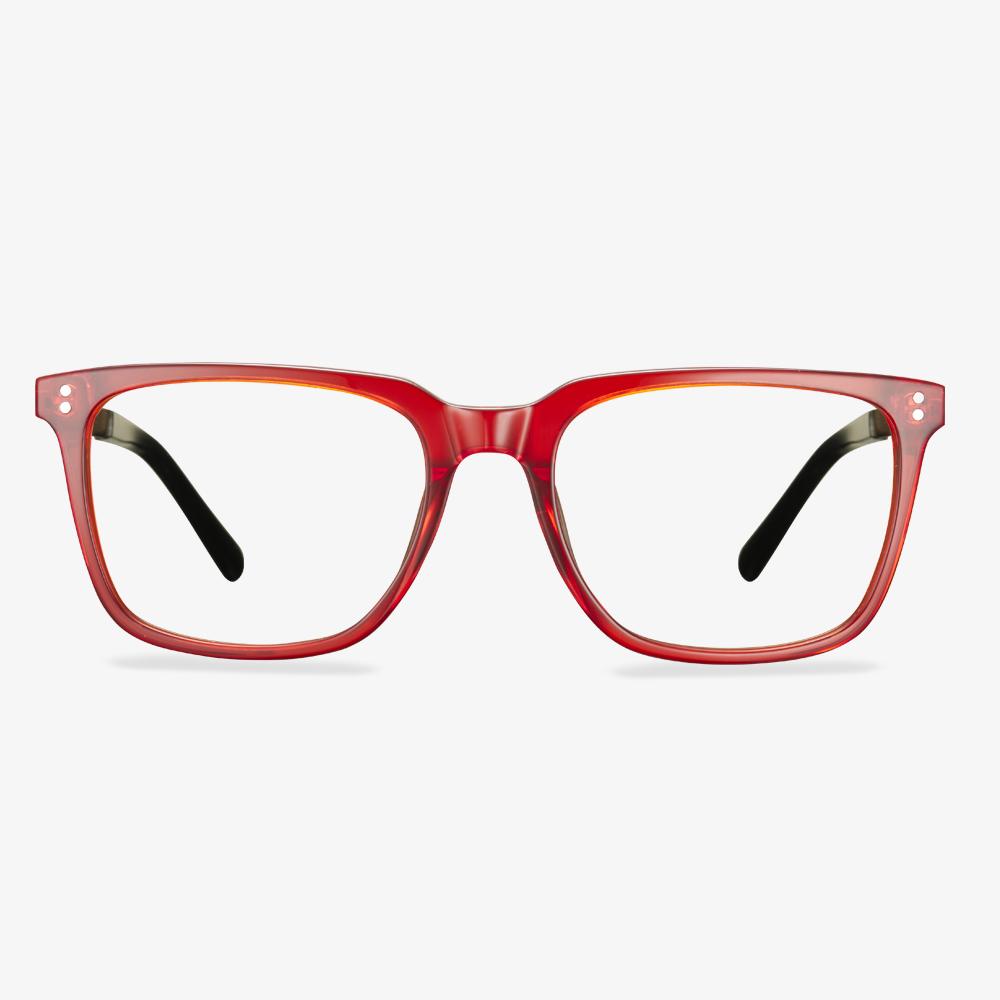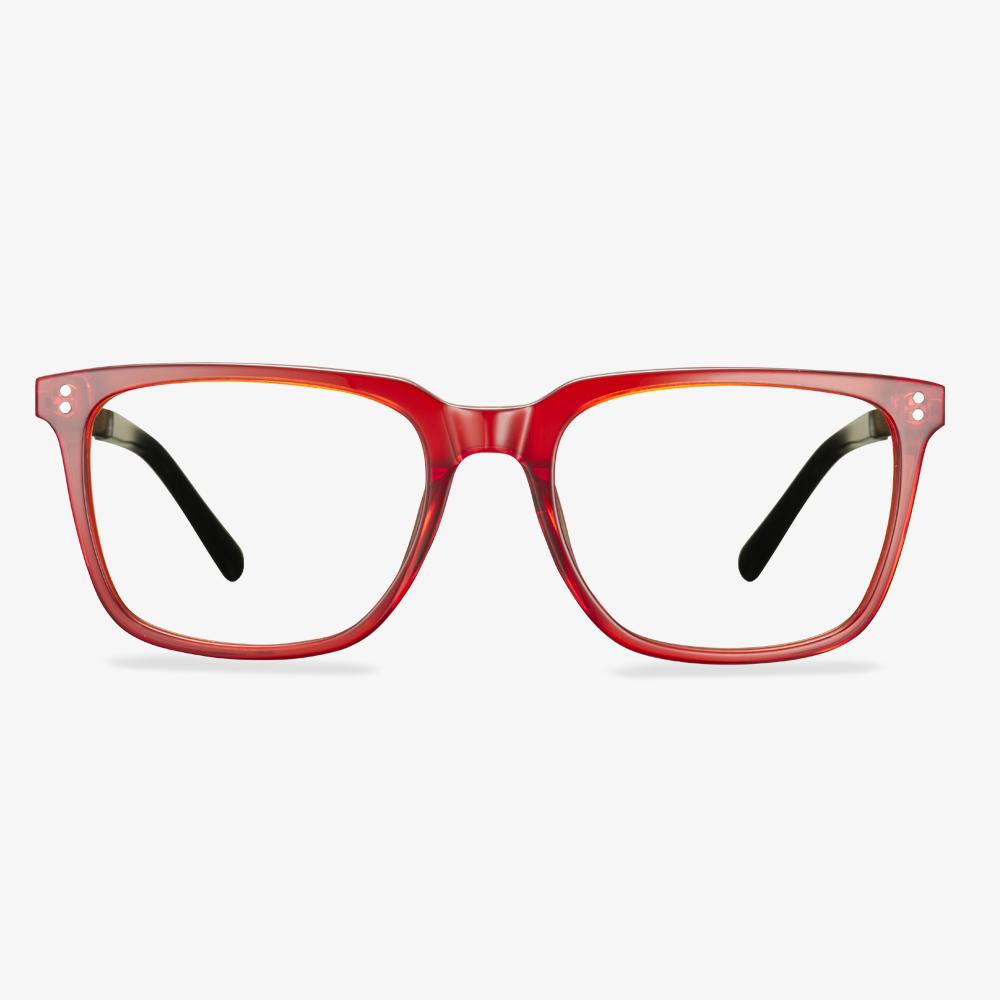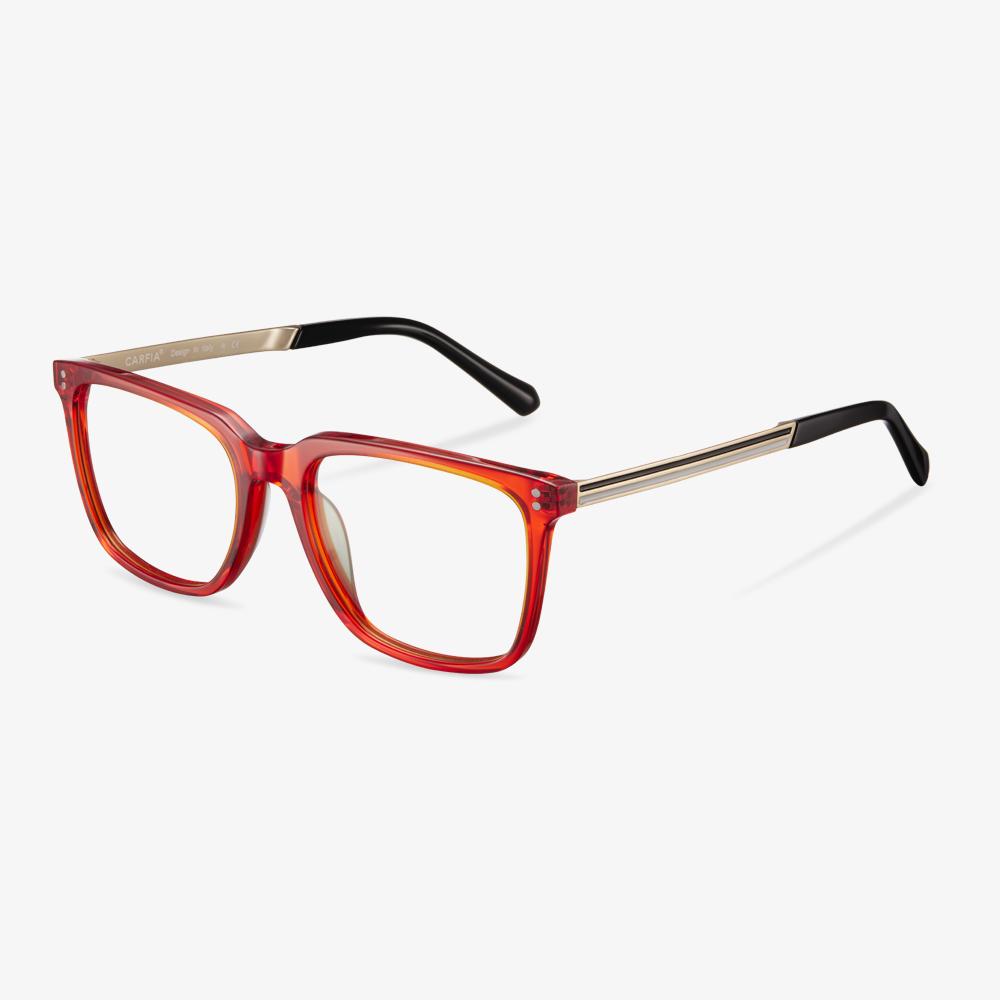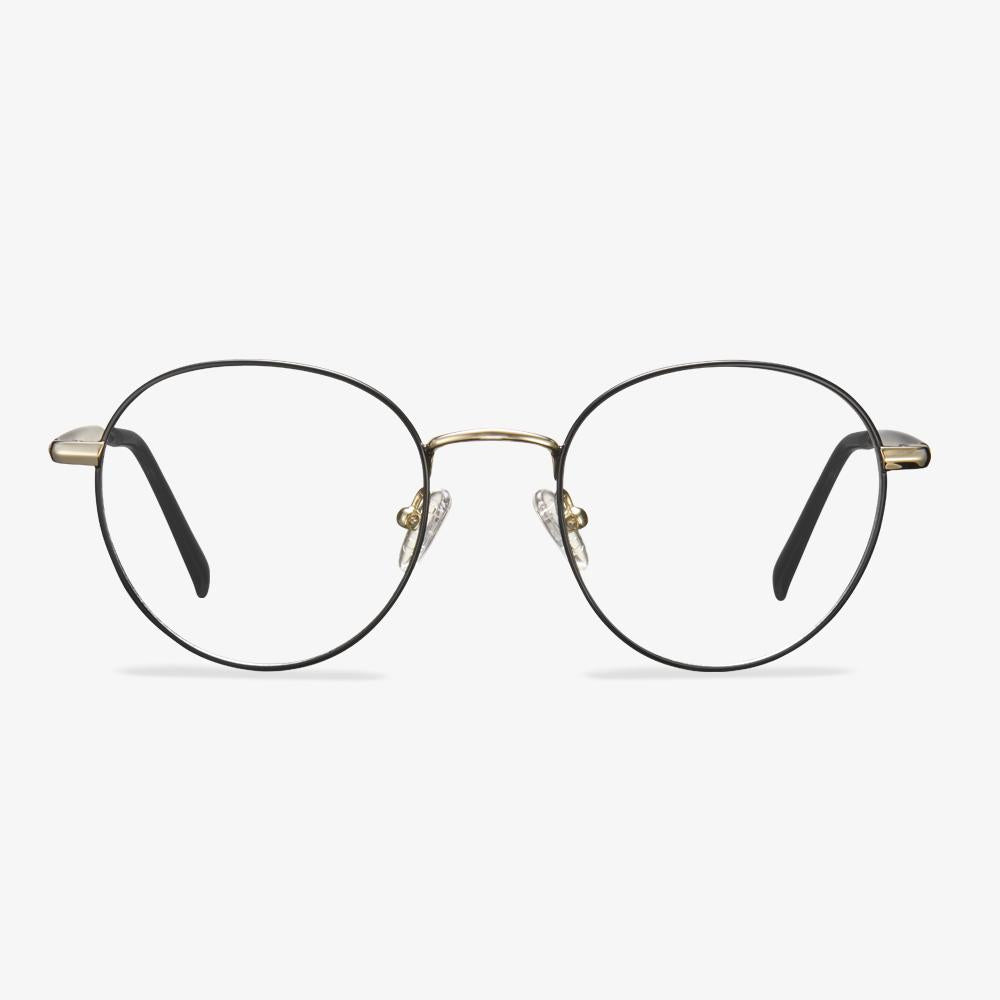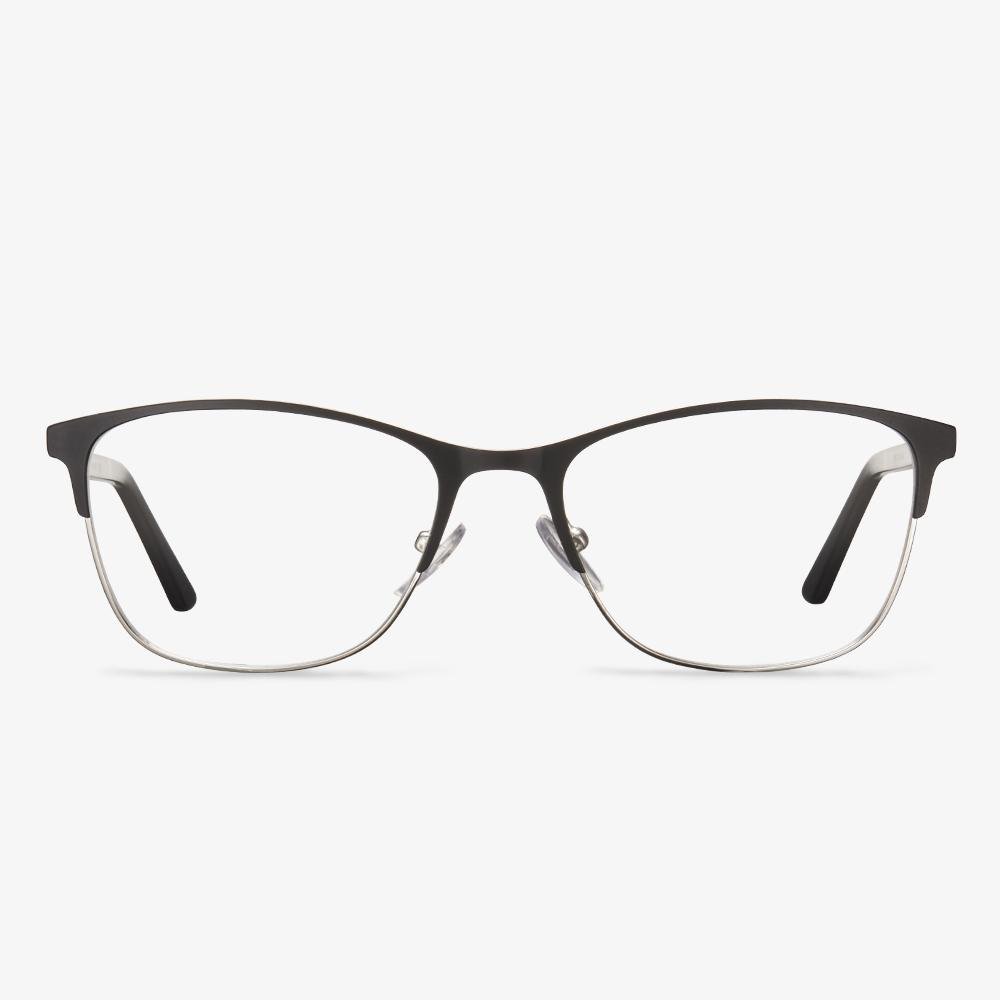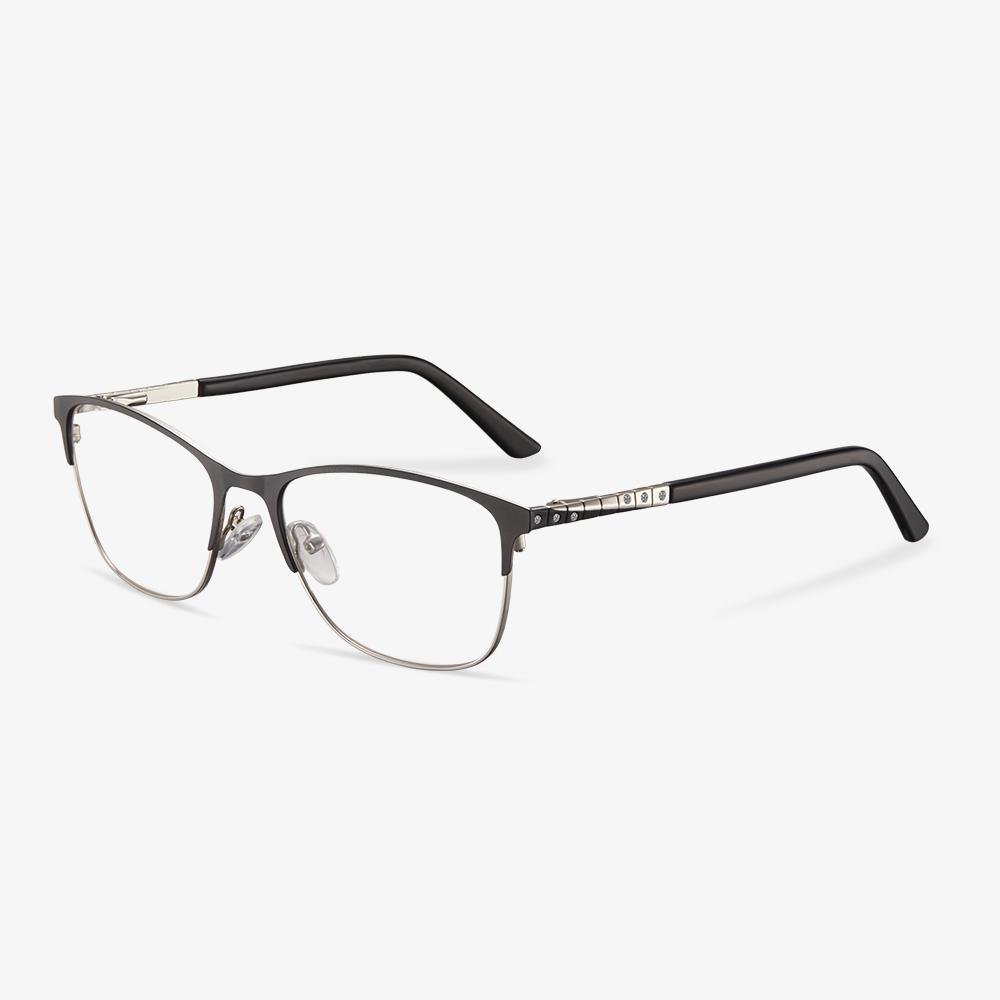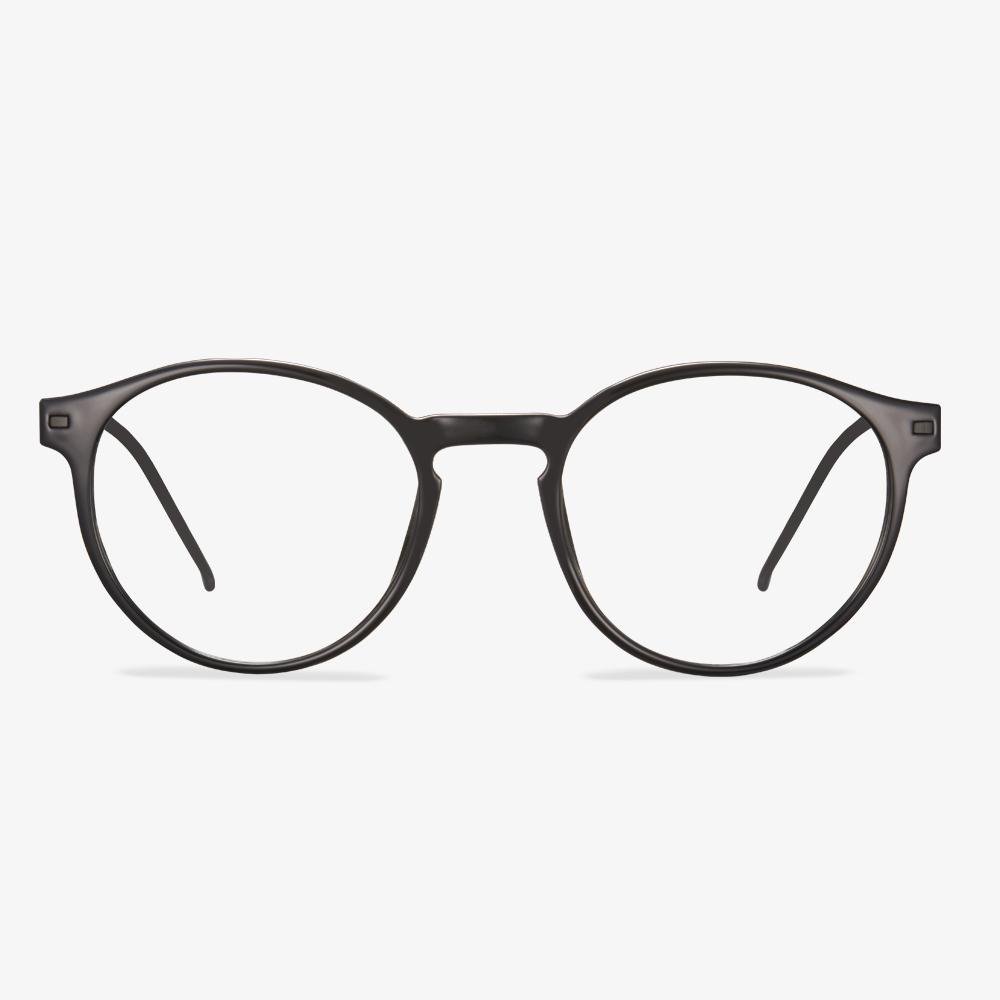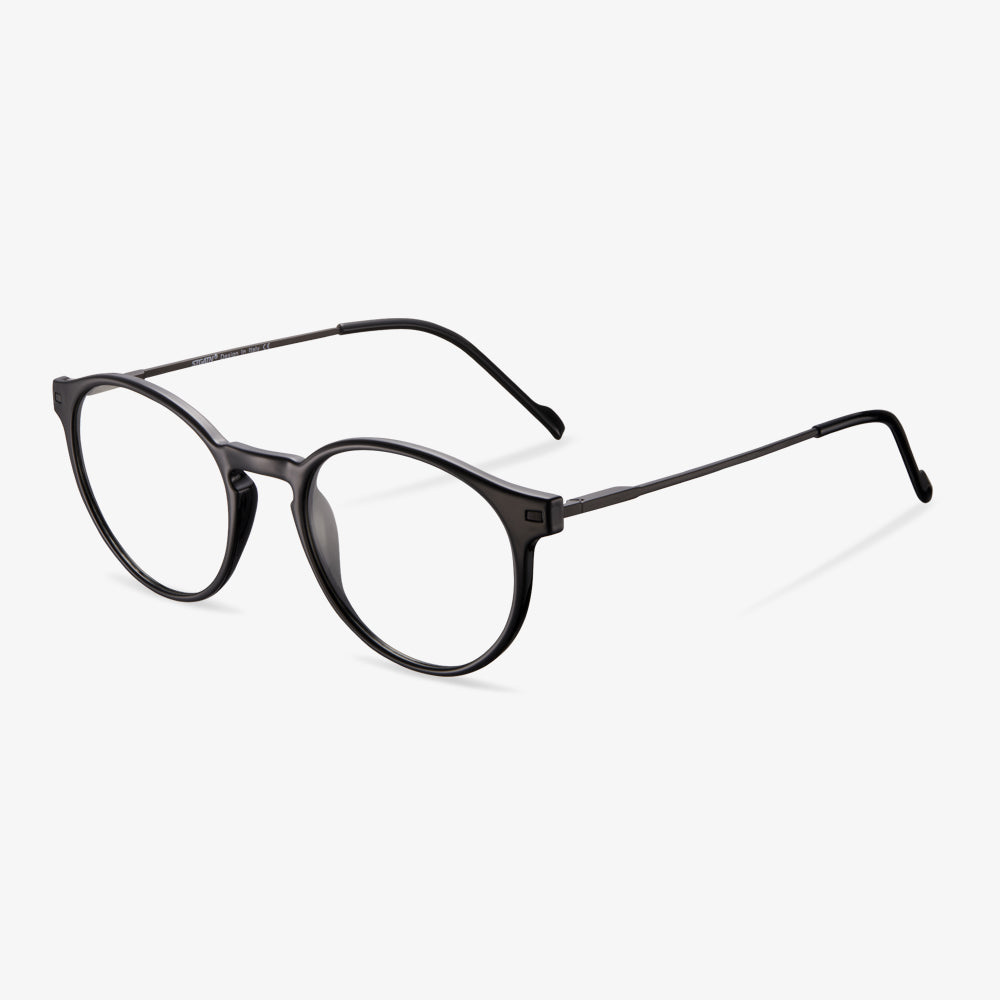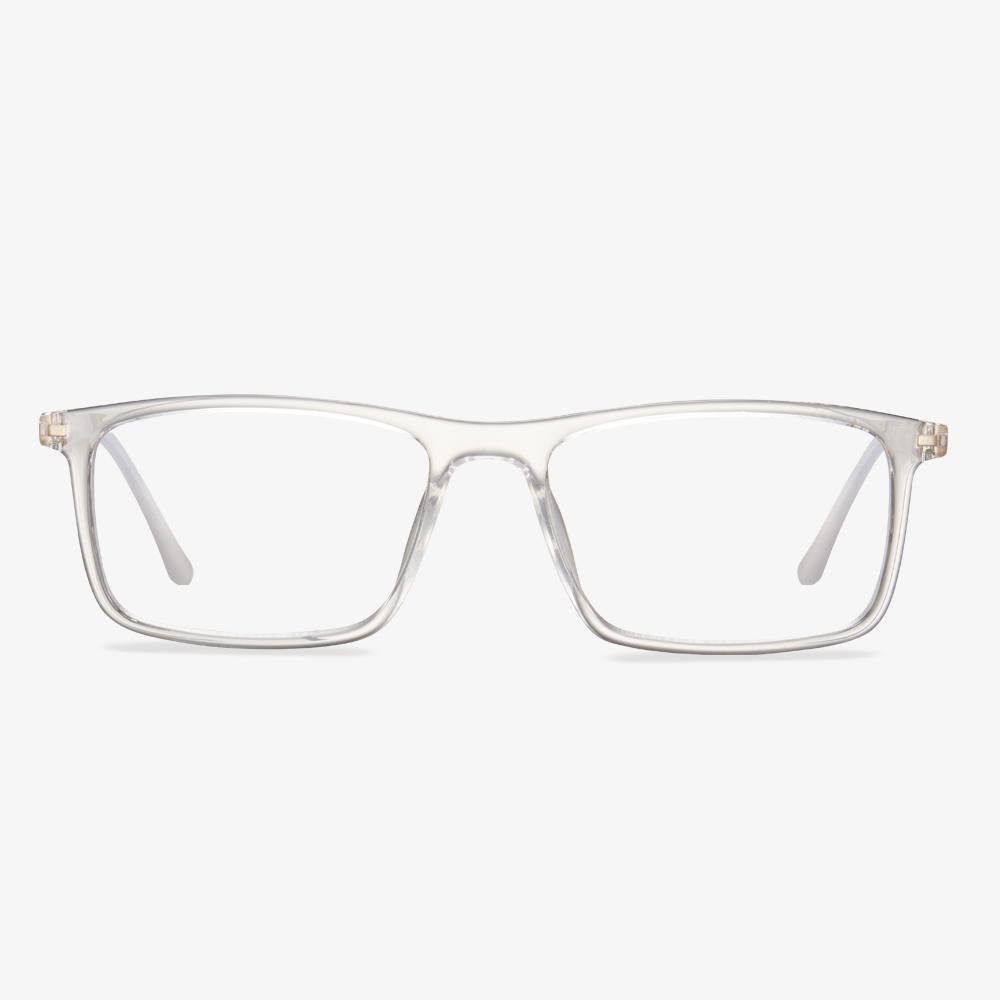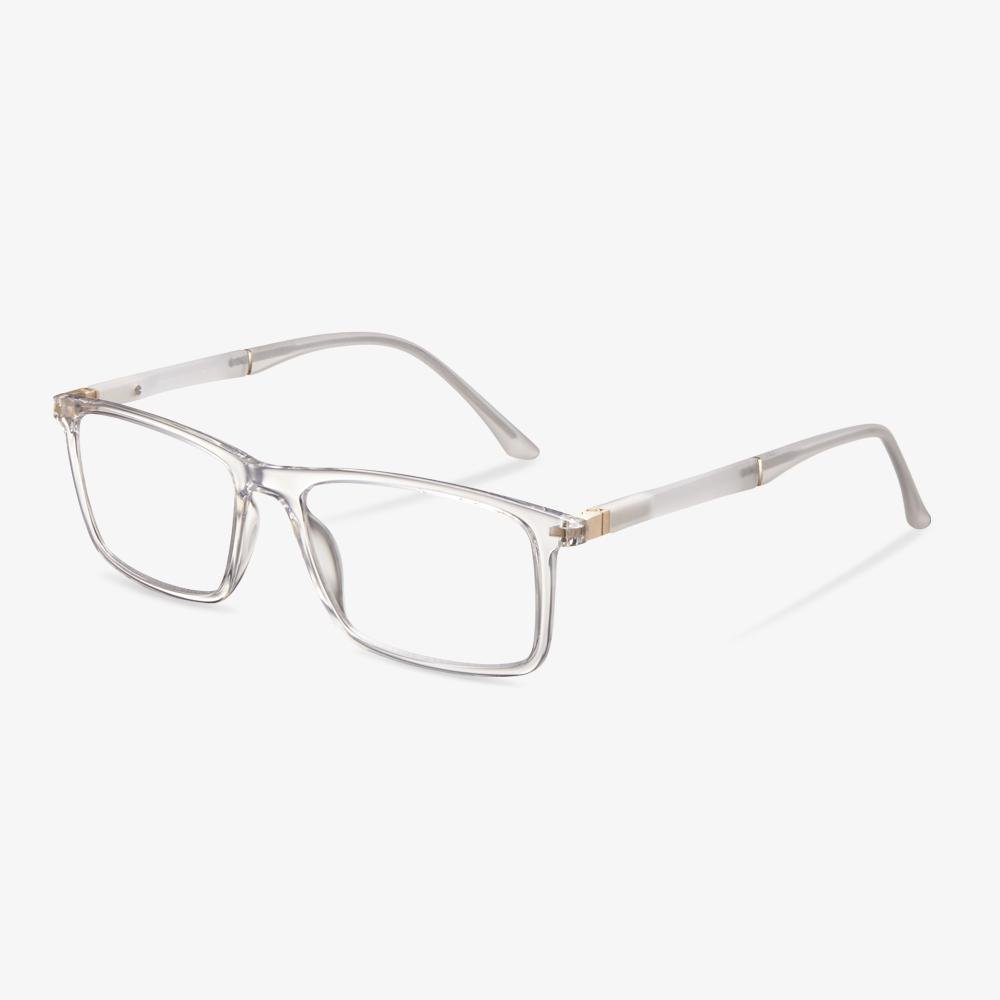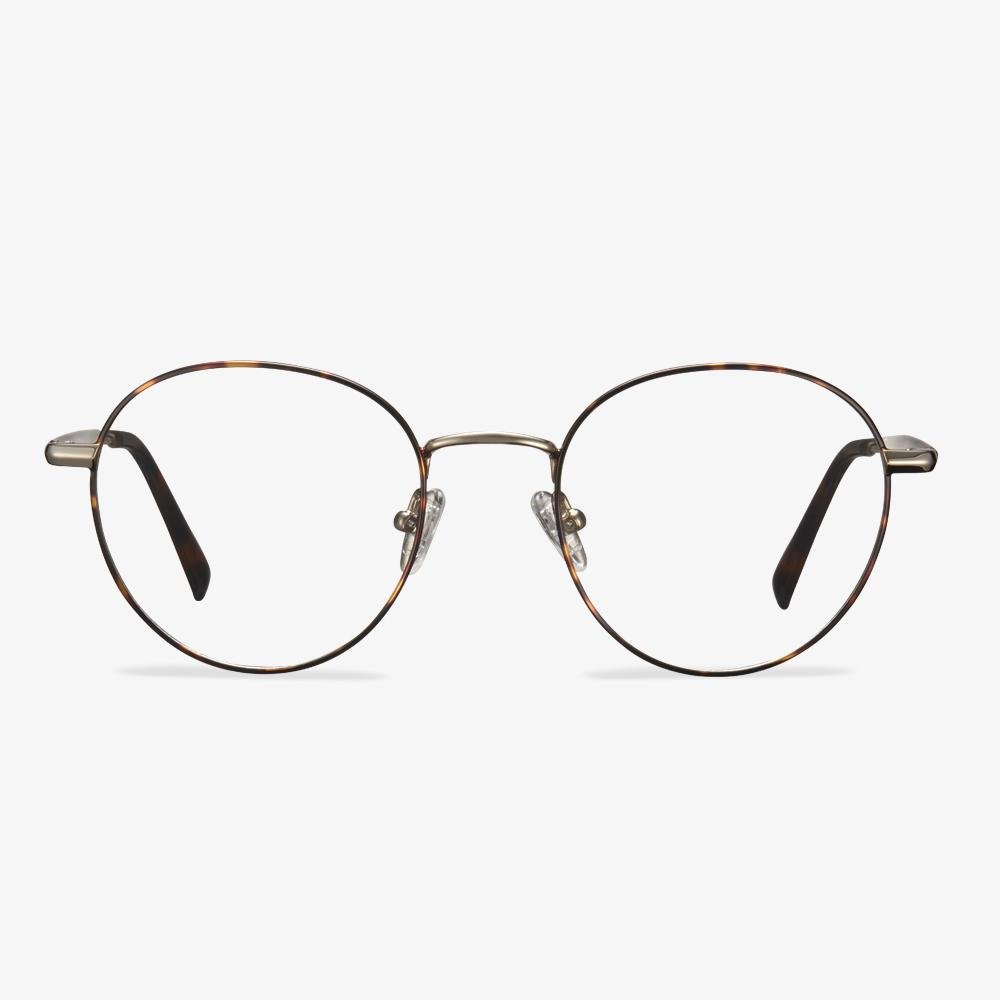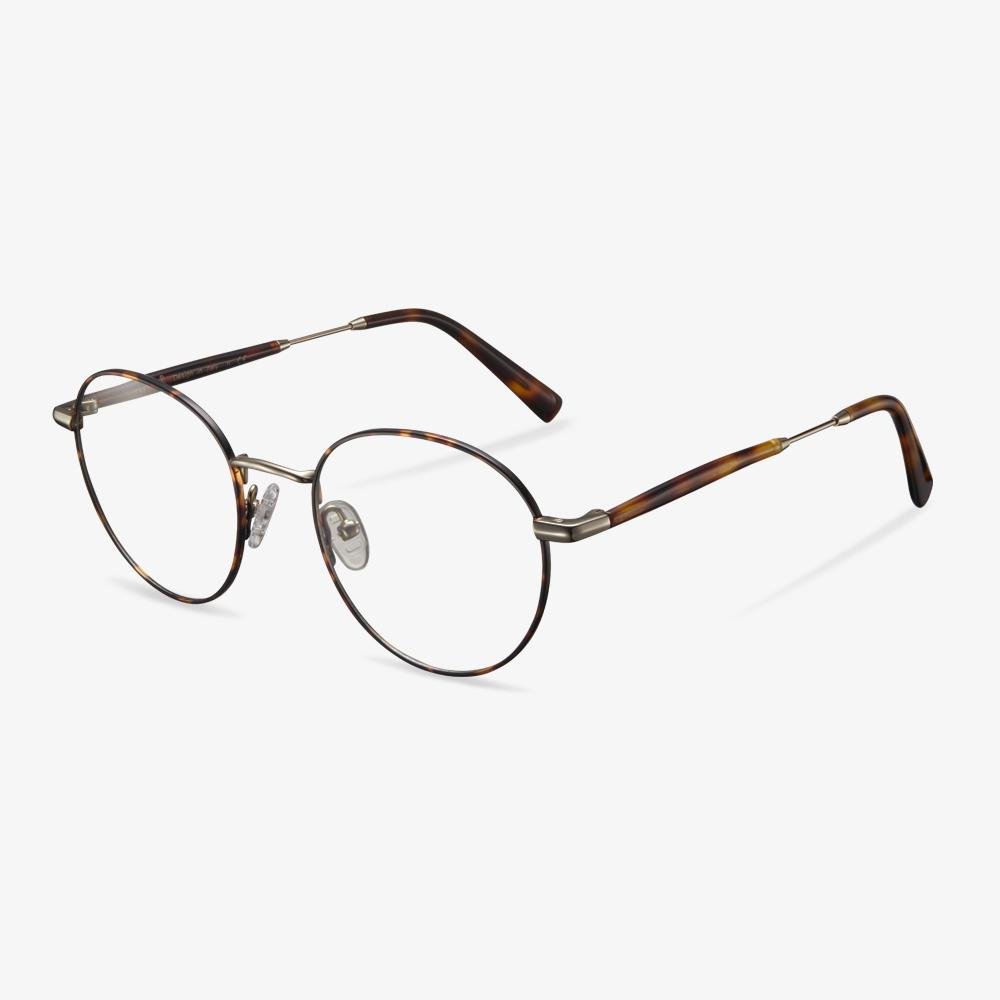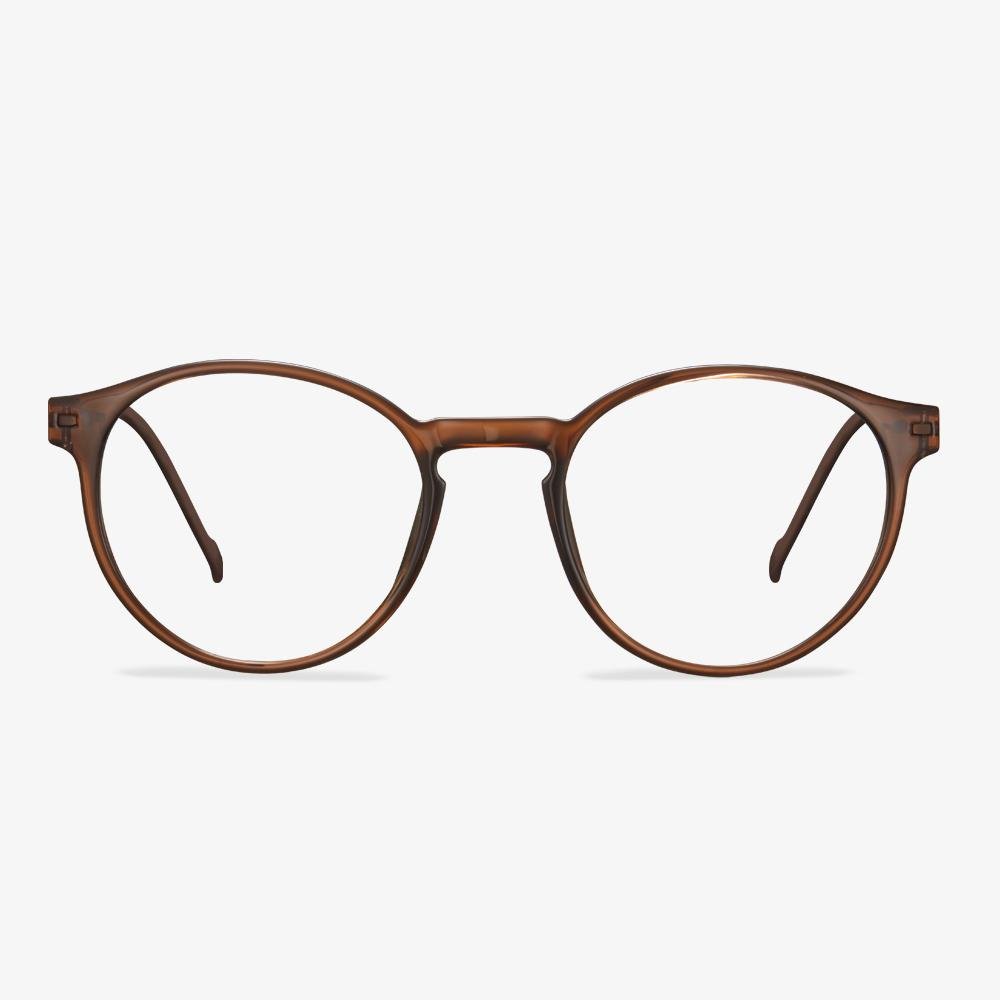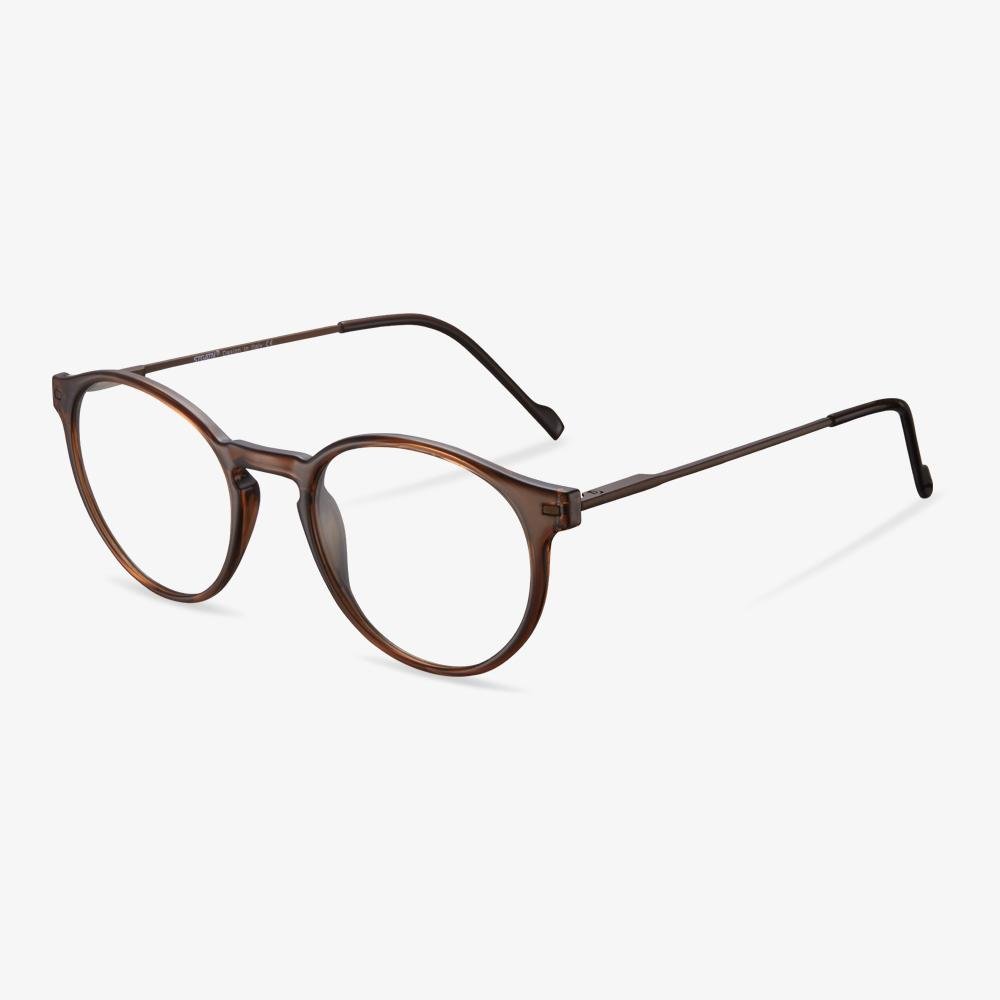The Identification of the Quality
The frame that has good elasticity is usually of better quality. The frame that has a smooth and shiny coating is better in quality. If the solder joint is smooth, small, and uniform, the quality is better. The parts of the sunglasses are assembled closely. The size and shape of the left and right lens must be the same, and the bridge of the nose must be symmetrical.
Ray-Ban Wayfarer Ease Optics
Perhaps the most famous square glasses on the market are the Ray-ban hikers. These glasses add a classic, cool style to your look. If the line is thick, select black. If you have a lot of colors, go for Havana red. Similar to rectangular glasses, square glasses are best for round or oval faces.
The design evolution of progressive lenses
Spherical and aspheric designs
The design of the front surface of the far-use area of the early progressive lens is similar to that of the ordinary spherical single vision lenses, so it is called a spherical progressive lens. Since 1974, the front surface of the far-use region of the lens is designed to be aspheric by designers, which not only reduces the peripheral aberration but makes the lens thinner, lighter, and less powerful.
Hard and soft design
For hard design, the channel is short, and the gradient is large. The near-use area position is high. The effective visual area of remote and near-use areas was larger. Peripheral astigmatism is relatively concentrated. Because surrounding astigmatism increases rapidly and the distribution is dense, the curve effect is more obvious. The gradient area is narrow. It is more difficult and takes longer for wearers to adapt.
Lenses with soft designs have slower gradients, longer gradients, and wider gradients. The angle of rotation of the eye from the far area to the near area is greater. It's easier to get used to. Compared with the hard design, the effective visual area of the far and near use areas is smaller, and the location of the near use area is lower.
Single, diverse, and individualized design
Initially, the progressive lenses used a single design, in which each basic curve was scaled equally and a luminosity combination was added within the range of its semi-finished lens blanks. The steepest base curve uses the same lens design as the flattest base curve. Lenses designers quickly realized that the overall performance of the lens could be improved by microcustomizing the lens design, leading to progressive lenses with multiple designs. This kind of design is called diverse design. By the mid-1990s, there was the emergence of individualized lens designs. In addition to using different gradients, these first individualized lens designs used steeper baseline curves with a slightly larger approach area to compensate for increased magnification and reduced field of view.
Symmetrical and asymmetric design
There is no difference between the left and right eyes in the symmetrical design of progressive lenses. As the eyes turn inward when they see near objects, the gradual gradient area gradually tilts to the nasal side from top to bottom, so the left/right progressive lenses should be rotated clockwise/counterclockwise respectively during processing. An asymptotic lens with left and right eye divisions is called an asymmetric design. The gradient is gradually and moderately inclined to the nasal side from top to bottom. The refractive force, astigmatism, and vertical prism of the two sides of the left and right gradient of the asymmetric design lenses are basically similar. At the same time, considering the characteristics of eye movement parameters in binocular vision, the peripheral aberrations of the corresponding positions of the left and right lenses were appropriately balanced to improve the visual effect of the wearer.
How to Get Used to Progressive Lenses?
It is common that your vision may change when you are over age 40. You can find it is happening when have to hold your favorite book, the daily newspaper, or a restaurant menu farther away just to read it. This is an eye condition called presbyopia. It is normal and almost all of us get it as we reach middle age.
This eye condition often can be corrected by progressive lenses which allow you to see objects from far to near clearly. With progressive lenses, you do not have to switch your glasses to see far or near objects frequently.
However, since progressive glasses have three different prescriptions in one lens, it may be difficult for some people to adapt to the new ones. So, in this post, we will show you how to get used to progressive lenses.
What is the best lens material?
The world's first resin lens was made of CR-39 material, and CR-39 is still the main optical lens material in Europe and the United States. After the end of World War II, people found that compared with glass, the main lens material at that time, the light transmittance of CR-39 is high, and it can block ultraviolet light. In addition, CR-39 can be dyed, not easy to fog, and has small dispersion (CR-39's Abbe number is 58) and other benefits.
Benefits of Progressive Lenses
The lens looks like a single vision lens, with no dividing line between degrees. Not only is it beautiful in appearance, but more importantly, it protects the privacy of the wearer's age (for the wearer of reading glasses). There is no need to worry about showing the secret of the wearer's age by wearing the glasses. Because the degree is gradual, the replacement of the adjustment effect is increased step by step according to the shortening of the close distance. There is no adjustment fluctuation, which is not easy to cause visual fatigue. Clear vision can be achieved at all distances in the visual scope.
Why are blue light glasses yellow?
The material of the lens makes it turn yellow. If it's just blue and the lens is yellow, that's the material itself. Blue light glasses can weaken blue light entering human eyes. Blue light is mainly produced by mobile phones and computers in life. The blue light on the electronic screen is unchanged, so a film can only be designed on the lens to absorb blue light. This can effectively reduce blue light. The complementary color of blue light is yellow, so the yellowing of the anti-blue lens is normal. The material of an anti-blue light lens can effectively shield the blue light. If the blue light is removed from the white light we usually see, it will show yellow, which is a normal phenomenon.














